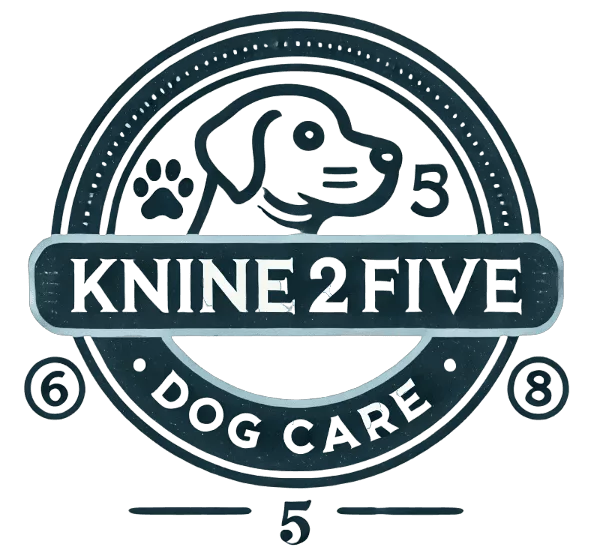Are Cheerios OK for dogs? Many pet owners ask this question. Plain Cheerios are safe for dogs in small amounts. They might be a convenient option but they’re not ideal as a regular treat. Dogs need a balanced diet with proper nutrition. Some breakfast products like Cheerios lack essential nutrients for canine health. 1
We’ve seen the effects of human food on dogs. Cheerios contain added sugar and salt that can harm dogs over time. They may lead to weight gain, tooth decay, or diabetes.
Stick to dog-specific treats for your furry friend’s health. Read on to learn more about Cheerios and dogs.
Key Takeaways
- Plain Cheerios are safe for dogs in small amounts, but they lack essential nutrients for canine health.
- Cheerios contain high levels of sugar and salt that can harm dogs over time, leading to weight gain, tooth decay, or diabetes.
- Some dogs may have allergies or sensitivities to ingredients in Cheerios, causing upset stomachs or other health issues.
- Vets recommend using dog-specific treats instead of human cereals for training and rewards.
- Healthy alternatives to Cheerios include crunchy veggies, lean proteins, fresh fruits, and homemade treats.
- You can also make acceptable snacks such as peanut butter Cheerio balls or banana oat biscuits containing natural ingredients and nutritional benefits.
Understanding the Safety of Cheerios for Canine Consumption – Are They a Healthy Option?
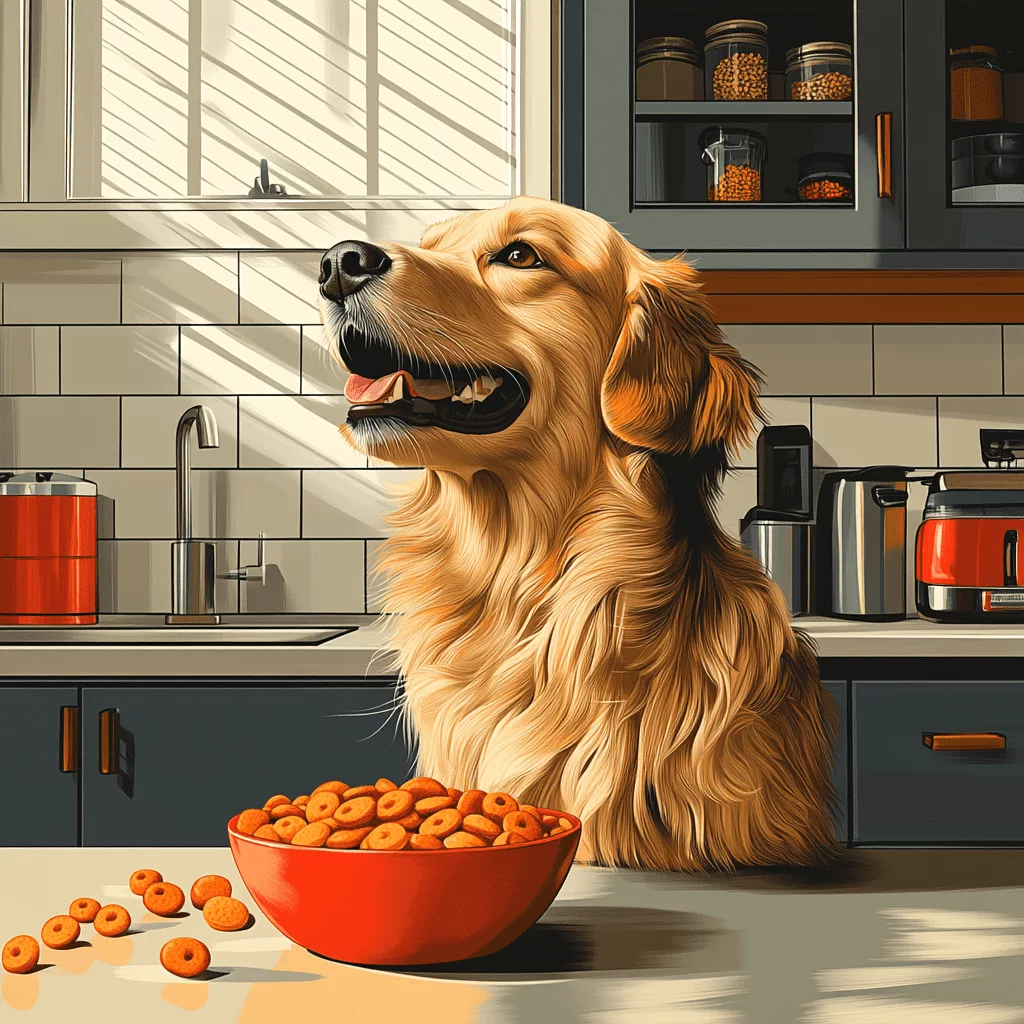
Cheerios, one of the popular breakfast cereals, which might seem safe for dogs, but they’re not ideal. They don’t provide the nutrients your pup needs and could cause health issues if eaten often.
Nutritional Profile of Plain Cheerios vs. Dog Food
Cheerios and dog food aren’t the same. They have different stuff to help us and dogs grow.:
| Nutrient | Plain Cheerios | Dog Food |
|---|---|---|
| Protein | Low (3g per serving) | High (20-30% on average) |
| Fat | Low (2g per serving) | Moderate (10-20% on average) |
| Carbohydrates | High (20g per serving) | Moderate to Low |
| Fiber | Moderate (3g per serving) | Low to Moderate |
| Vitamins/Minerals | Fortified | Balanced for canine needs |
| Calories | Low (100 per serving) | Varies by brand and type |
Dog food offers better energy and health benefits. 1 Its protein content supports muscle growth. Cheerios lack essential nutrients essential for their health. They contain sugar, which can lead to dental issues and weight gain in pets. High-quality dog food surpasses Cheerios in nutritional value for canines.
Identifying Ingredients of Concern in Cheerios Varieties
Cheerios come in many flavors. Some have stuff that’s not good for dogs. Plain Cheerios are safer, but other types can cause problems. Honey Nut Cheerios have almonds and honey. These can upset a dog’s tummy. 4
Some cereals have raisins or xylitol. There are also chocolate-flavored cereals. These are common cereal ingredients are toxic to dogs. Excessive sugar intake can lead to health problems like digestive issues, tooth decay, weight gain, and heart disease in pups. Too much salt might make dogs thirsty or dehydrated.
Before giving your dog cereal, always check the label. Some cereals have stuff that’s bad for dogs. Ask your vet if it’s okay to give your dog cereal.
Veterinary Insights on Feeding Dogs Human Cereals
Vets often caution against feeding dogs human cereals. Dr. Matt notes that plain Cheerios are safe, but sugary types can cause issues. Dogs may get diarrhea or vomit from eating too many Cheerios.
A dog named Bubba got sick after eating Honey-nut flavored Cheerios. His owner gave him rice and chicken to help him feel better. 4
Limit sugar intake for dogs, even from seemingly harmless treats like Cheerios. – Dr. Matt 4
It is important to provide balance food to your furry companion. Let’s look at whether dogs can eat Cheerios without health problems. 4
Can Dogs Eat Cheerios Without Health Complications? Potential Risks and Benefits
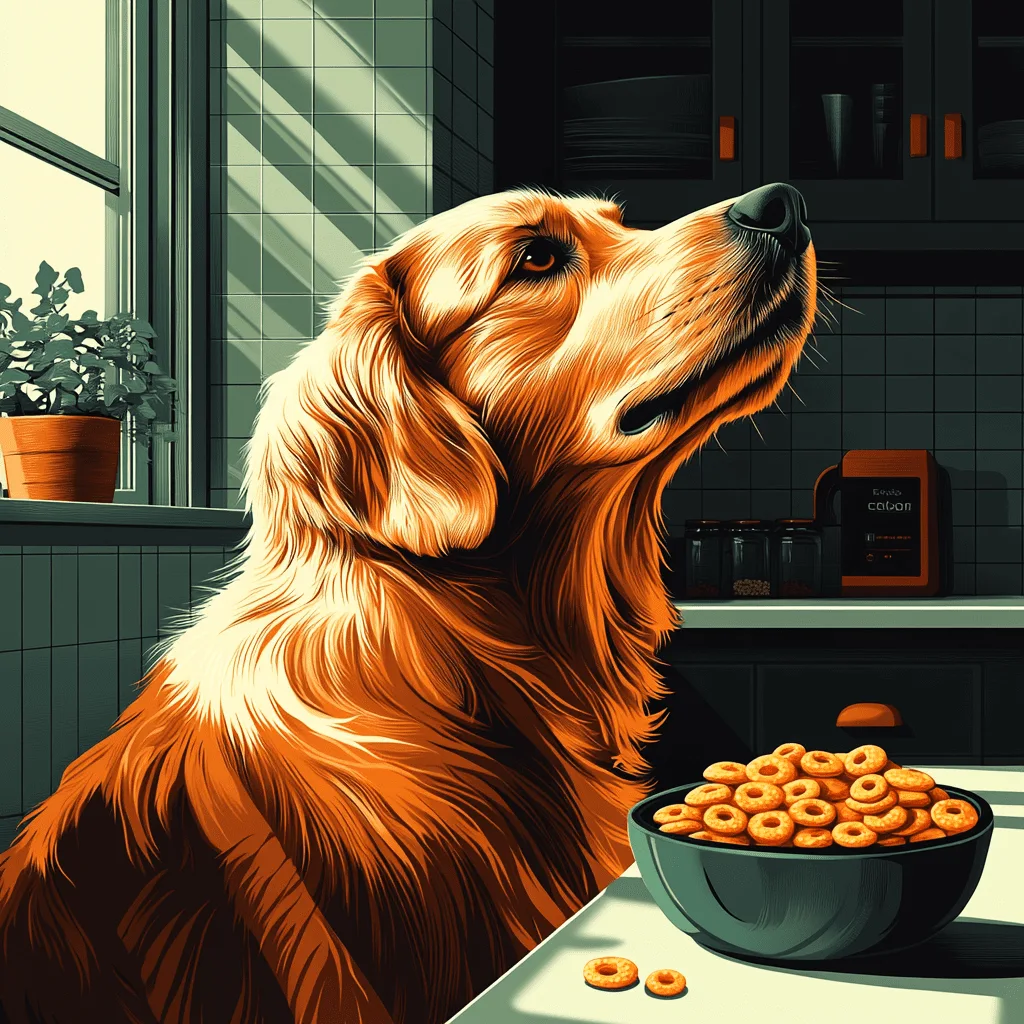
Dogs can munch on plain Cheerios without major issues. But some pups might get an upset tummy or allergies from the cereal.
Evaluating the Risk of Allergies and Food Sensitivities
Some dogs may react badly to Cheerios. They might get sick or have tummy troubles. Signs of potential health risks include throwing up, loose stools, or feeling tired. 6 Wheat in Cheerios can cause issues for some pups. Other dogs may not like the additives in the cereal. 7
Your vet can help figure out if Cheerios are safe for your dog. They’ll check your pet’s health history and current diet. It’s best to introduce new foods slowly and watch for any bad reactions. This way, you can spot problems early and keep your furry friend healthy. Another important consideration is the risks of beef rib bones for dogs. While many people give their dogs bones to chew on, there are potential dangers such as splintering and causing choking or digestive blockages. It’s important to discuss with your vet the best options for your dog’s dietary needs and chewing habits to ensure their safety and well-being.
The Impact of Cheerios on Dogs’ Digestive Systems
Moving from allergy risks, let’s look at how Cheerios affect a dog’s gut. Dogs’ stomachs aren’t made for human food. Some dogs have sensitive stomachs.
Cheerios can cause trouble. A real case shows this. Bubba, a 2-year-old dog, got sick after eating Honey flavor Cheerios. He had diarrhea and threw up. 5
The vet advises to change the diet when this happens. Give the dog boiled chicken and white rice for a well-balanced diet. Also, make sure they drink lots of water.
Cheerios have empty calories and little nutrition for dogs. They can lead to weight gain and obesity. The high sugar levels and salts in Cheerios may cause dental issues and make dogs thirsty. 4 It’s best to stick to dog food for your pup’s ultimate health.
Are Cheerios Good or Bad as Occasional Dog Treats? A Balanced Approach
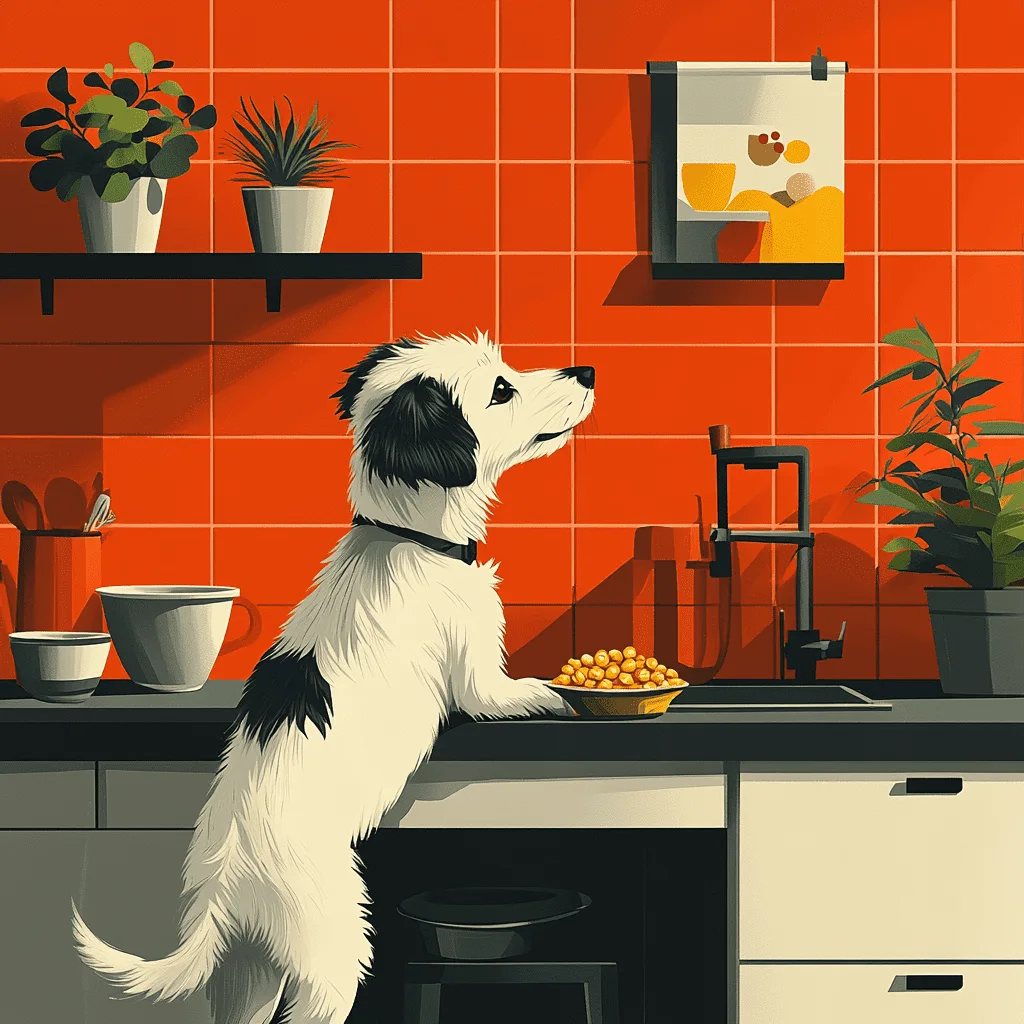
Cheerios can be a tasty treat for dogs in small amounts. They’re low in calories and sugar, making them a good choice for training treat.
Cheerios as a Low-Calorie Reward Compared to Traditional Dog Treats
Plain Cheerios make a great low-cal treat for your pup. They have fewer calories than many store-bought dog treats. A quarter cup of Cheerios has about 100 calories. That’s way less than most commercial dog snacks. You can use Cheerios as training rewards without worrying about extra pounds. 4
Regular Cheerios are the best choice for dogs. They don’t have added sugars or flavors. Honey Nut Cheerios and other sweet types can harm your dog’s teeth and waistline.
Stick to plain Cheerios as an occasional snack, no more than 1/4 cup per week for medium dogs. Always check with your vet before adding new foods to your dog’s diet.
The Role of Cheerios in Training and Behavioral Rewards
Cheerios can be a great tool for dog training. They’re small and easy to carry. Many trainers use them as rewards during training sessions. A 3-month-old puppy learned new tricks with Cheerios as occasional treats. These cereal pieces work well for small breeds like Chihuahuas too. 6
Cheerios are low in calories too. It is generally safe for dogs to eat. They don’t contain harmful additives or toxic ingredients. This makes them ideal for quick rewards during training. But, it’s crucial to use them in moderation.
Feeding your dog too many Cheerios can upset your its balanced diet. Always check with your vet before adding new foods to your pet’s routine. 3
Consulting with Your Veterinarian Before Sharing Cheerios with Your Furry Friend
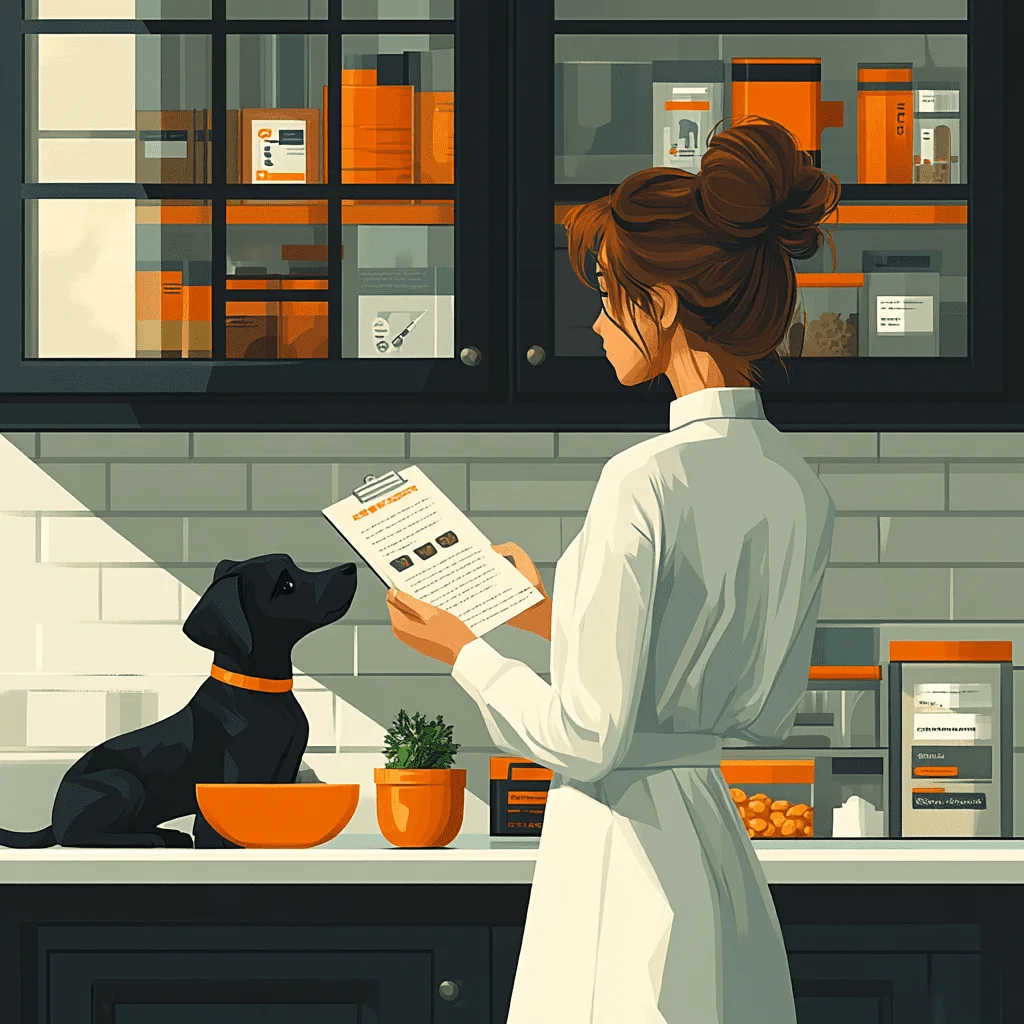
Talk to your vet before giving Cheerios to your dog. Ensure informed decisions for canine nutrition. Your vet knows your pet’s health best and can give safe advice on treats.
When to Seek Professional Advice Regarding Your Dog’s Diet
Your dog’s diet affects their health. Call your vet if you notice changes in eating habits, weight, or energy. Give your dogs cooked chicken breast and white rice for upset stomachs.
For ongoing issues, set up a check-up. Vets offer personalized advice on nutrition and disease prevention. They can spot early signs of health problems linked to diet.
Before giving your dog new foods like Cheerios, talk to a vet. Dr. Matt says Honey Nut Cheerios are okay, but give only a little because they have sugar. You can find vets online to ask questions 24/7.
They can guide you on safe treats and balanced meals for your pup. They can ensure that your furry friend is happy and healthy. Regular vet visits help manage your dog’s health and specific dietary needs. Not only can vets provide dietary guidance, but they can also offer advice and support for managing other health concerns such as weight management and exercise. For example, Labrador Retriever breed characteristics include a tendency to gain weight easily and a love for being active, so vets can provide specific recommendations to keep these dogs healthy and thriving. By visiting the vet regularly and following their recommendations, you can ensure that your pet is getting the best care possible.
Understanding the Long-term Implications of Diet Alterations According to Vets
Changing your dog’s diet can lead to health issues. Bubba’s case with Honey Nut Cheerios shows this. Dogs may develop allergies, intolerances, or bloating from new foods. It’s vital to introduce changes slowly and watch for reactions. Keep your pet hydrated, especially if they have an upset stomach. 2
Talk to your vet before adding new list of foods to your dog’s meals. They can help spot early signs of problems. Our team of vets and trainers has seen many cases where small diet changes caused big issues. Regular check-ups can prevent long-term health risks from diet shifts.
Alternatives to Cheerios: Providing Balanced Nutrition and Safe Snacks for Dogs
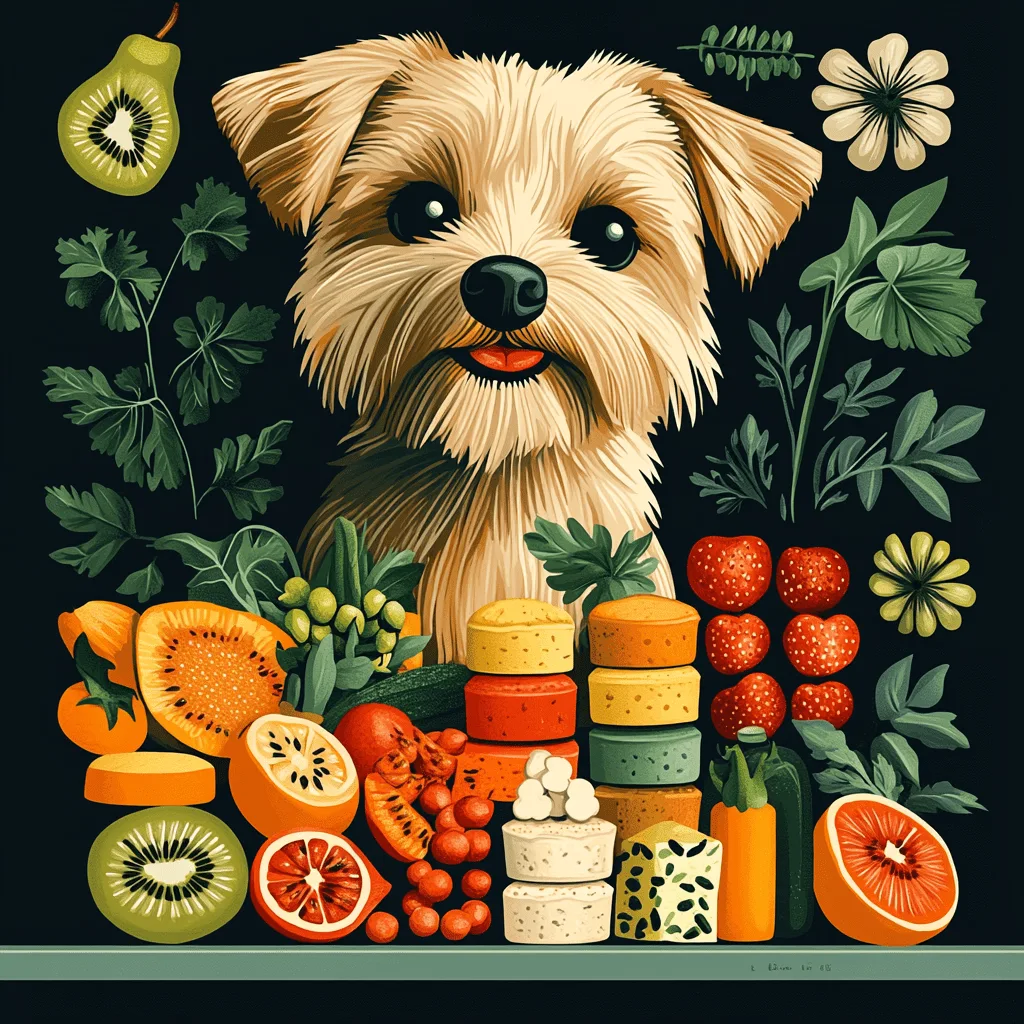
Dogs need more than just cereal for snacks. You can find many safe, healthy treats made just for them, beyond the breakfast bowl. These treats give your dog the right mix of nutrients they need.
Healthy Dog-Friendly Alternatives to Human Cereal
Your furry friend deserves tasty, nutritious treats for their overall health and well-being. Here are some healthy alternatives to human cereal for your dog:
- Crunchy Veggies: Carrots and green beans make great low-calorie snacks. They’re packed with fiber and vitamins.
- Lean Proteins: Small bits of cooked chicken or turkey can be a protein-rich treat. These meats are easy to digest and full of nutrients.
- Fresh Fruits: Apple slices (no seeds), blueberries, and pumpkin are safe, sweet options. They offer natural sugars and antioxidants.
- Homemade Broth Mix: Combine chicken broth, pumpkin purée, and cooked egg. This mix provides flavor, fiber, and protein. 7
- Frozen Treats: Blend pumpkin, plain yogurt, and banana. Freeze in small portions for a cool, healthy snack.
- Sweet Potato Chews: Slice sweet potatoes thin and bake until crispy. They’re a chewy, vitamin-rich treat.
- Egg Bites: Scramble eggs and bake in small portions. These make great protein-packed training rewards.
- Veggie Medley: Mix cooked green beans, carrots, and sweet potatoes. This blend offers a variety of textures and nutrients.
Creating Homemade Dog Treats as a Substitute for Cheerios
Homemade dog treats offer a tasty and healthy alternative to Cheerios. Here are some easy ways to make treats that dogs enjoy:
- Peanut Butter Cheerio Treats: Mix 1 cup peanut butter, 1 cup Cheerios, and 1/4 cup honey. Roll into small balls and freeze for 2 hours.
- Banana Oat Biscuits: Mash 2 ripe bananas with 1 cup oats and 1/4 cup peanut butter. Shape into cookies and bake at 350°F for 15 minutes.
- Pumpkin Treats: Blend 1 cup pumpkin puree, 2 eggs, and 2 1/2 cups whole wheat flour. Cut into shapes and bake at 350°F for 20 minutes.
- Apple Carrot Cookies: Mix 1 cup grated apple, 1 cup grated carrot, 1 egg, and 1 cup whole wheat flour. Bake at 350°F for 15 minutes.
- Sweet Potato Chews: Slice sweet potatoes into 1/4 inch strips. Bake at 250°F for 3 hours, flipping halfway through.
- Frozen Yogurt Drops: Spoon small dots of plain yogurt onto a baking sheet. Freeze for 2 hours and store in a sealed container.
- Chicken Jerky: Slice chicken breast into thin strips. Bake at 200°F for 2 hours or until dry and chewy.
- Tuna Treats: Mix 1 can tuna, 1 egg, and 1 cup whole wheat flour. Form into small balls and bake at 350°F for 15 minutes. 8
Conclusion
Cheerios can be an OK treat for dogs in small amounts. But they’re not the best choice as they do not have much nutritional value. They might contain harmful ingredients which can cause health issues to pups.
Your pet needs quality dog food made just for them. They are rich in vitamins promoting a healthy diet. Stick to dog treats specifically formulated for them or fresh veggies as snacks. Talk to your vet about what’s best for your pup’s diet. Your dog will be stay healthy and happy with the right foods.. Additionally, consider incorporating duck eggs into your dog’s diet, as they offer numerous health advantages. The duck eggs benefits for dogs include high levels of protein, essential fatty acids, and important vitamins that can improve your pet’s coat and overall vitality. Always remember to introduce new foods gradually and consult with your veterinarian to ensure a balanced nutritional plan for your furry friend.
FAQs
1. Can dogs eat Cheerios?
Yes, dogs can eat plain Cheerios in small amounts. They’re low in sugar and salt, making them an OK snack. But don’t give your pup too many.
2. Are all types of Cheerios safe for dogs?
Not all. Plain and multigrain Cheerios are best. Avoid flavored ones like Honey Nut or Pumpkin Spice cheerios. These have more sugar, which isn’t good for dogs.
3. How many Cheerios can I give my dog?
A few Cheerios now and then are fine. It’s safe. For a medium-sized dog, 5 to 10 pieces is enough. Don’t make it a daily treat. Too many can lead to weight gain.
4. Can Cheerios help with my dog’s upset stomach?
Maybe. Plain Cheerios can be part of a bland diet for dogs with tummy troubles. But always check with your vet first if your dog is sick.
5. Are there better snacks than Cheerios for dogs?
Yes. While Cheerios are OK, there are healthier options. Try small bits of carrot or apple. These have more nutrients and less sugar than cereal.
6. What should I watch out for when giving my dog Cheerios?
Look out for signs of allergy or tummy upset. Also, never give cereals with raisins or chocolate. These are toxic to dogs. Stick to plain Cheerios if you must share.
References
- ^ https://www.bartleby.com/essay/Can-Dogs-Eat-Cheerios-Research-Paper-PCYPCND3ZDT
- ^ https://www.justanswer.com/pet-dog/99k5j-dog-ate-honey-cheerios-sunday-diarreah.html
- ^ https://www.rover.com/blog/can-dogs-eat-cereal/
- ^ https://www.tryoriginlabs.com/blogs/pet/can-dogs-eat-cheerios-what-you-need-to-know?srsltid=AfmBOopG7bZZN-WR2OLciHE5R0ycFdUzunQGUWO9c0fPTYUMrM-SILnL (2024-05-31)
- ^ https://www.petfoodmark.com/blog/1843-can-dogs-eat-honey-nut-cheerios-safely
- ^ https://www.chihuahua-people.com/threads/are-cherrios-good-for-dogs-too.43887/ (2009-09-15)
- ^ https://www.dogfoodadvisor.com/forums/topic/cheerios-alternative-help/ (2019-05-22)
- ^ https://www.thedogkennelcollection.com/blog/homemade-dog-treat-recipes/ (2023-12-13)
